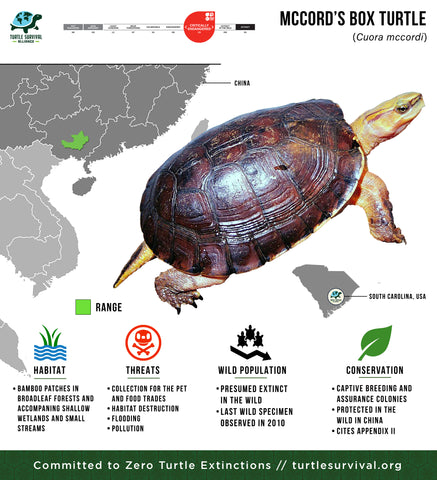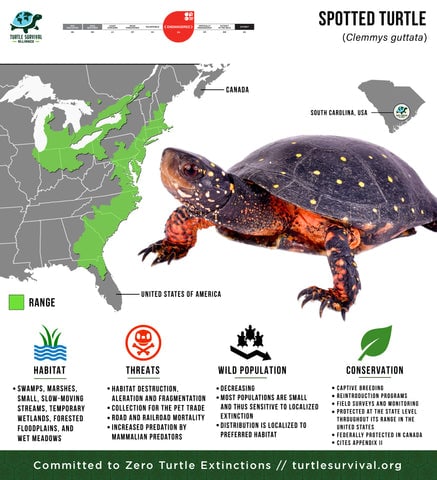So you’re interested in turtles, huh? Well, get ready to dive into the captivating world of these intriguing creatures. In this article, we’ll be shining a spotlight on various types of turtles, giving you an up-close look at their amazing diversity. From the majestic sea turtles venturing through the depths of the ocean to the tiny and adorable box turtles that amble through the grasslands, we’ll explore the fascinating characteristics and habitats of different turtle species. So, grab your curiosity and let’s embark on a journey to get to know these incredible creatures a little better.
Overview of Turtles
What are turtles?
Turtles are reptiles that belong to the order Testudines. They are characterized by their hard, protective shells that they can retract into for defense. Turtles have been around for more than 200 million years, making them one of the oldest reptile groups in existence. They are found in various habitats all around the world, including oceans, freshwater lakes and rivers, and terrestrial environments.
Evolution and classification
Turtles are believed to have evolved from a group of reptiles known as diapsids, which also gave rise to birds and other reptile groups. They are classified into two main groups: cryptodires, which retract their heads straight back into their shells, and pleurodires, which retract their heads sideways. This distinction is based on the way their necks move.
Importance of turtles in ecosystems
Turtles play a crucial role in maintaining the balance of ecosystems they inhabit. As herbivores, they help control the growth of aquatic plants and algae by feeding on them. They also act as seed dispersers for various plants, aiding in their reproduction. In addition, turtles serve as prey for several predator species, contributing to the food chain. Their presence in aquatic environments also helps to maintain water quality by scavenging on decaying organic matter.
Terrestrial Turtles
Introduction to terrestrial turtles
Terrestrial turtles are a group of turtles that primarily inhabit land-based environments. Unlike their aquatic counterparts, they are not adapted for living in water for extended periods. Instead, they have evolved specific characteristics that allow them to thrive on land.
Key characteristics
Terrestrial turtles typically have a domed or flattened shell, which provides protection against predators. They also have strong limbs with claws, enabling them to walk and dig in terrestrial habitats. Unlike aquatic turtles, they have non-webbed feet, which are better suited for walking on land.
Notable species: Box Turtles, Wood Turtles
Box turtles are one of the most recognizable terrestrial turtle species. They have a distinct box-shaped shell that can be closed completely, offering excellent protection. Wood turtles, on the other hand, have a sculpted, ridge-like pattern on their shells, providing camouflage in their woodland habitats.
Habitat and distribution
Terrestrial turtles can be found in a variety of habitats, including forests, grasslands, and deserts. They have a widespread distribution across different continents, with species inhabiting North America, Europe, Asia, and Africa.
Behavior and diet
Terrestrial turtles are generally more active during the day, and they spend their time foraging for food, basking in the sun, and seeking shelter. They have a diverse diet that includes a mixture of plants, fruits, and small invertebrates.
Conservation status and threats
Many terrestrial turtle species are currently facing threats due to habitat destruction, fragmentation, and the illegal pet trade. Some species, such as the Indian Star Tortoise and the Egyptian Tortoise, are critically endangered. Conservation efforts, including habitat protection and captive breeding programs, are crucial for ensuring the survival of these unique turtles.
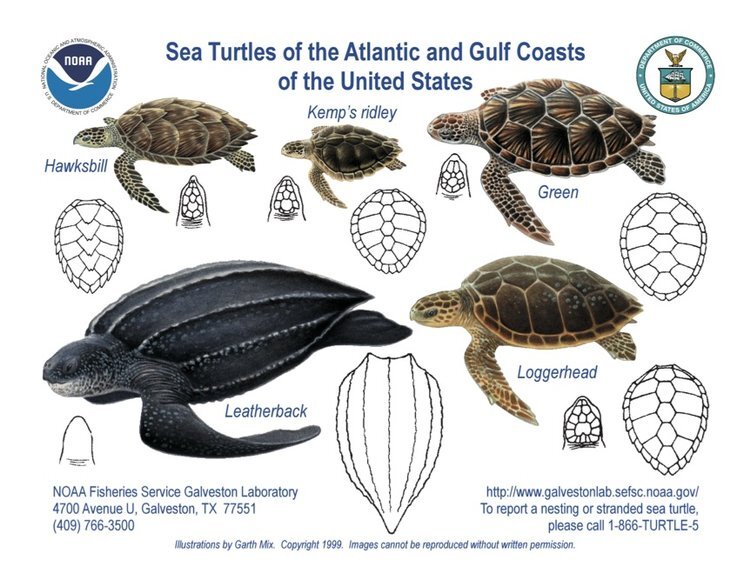
Aquatic Turtles
Introduction to aquatic turtles
Aquatic turtles, as the name suggests, are turtles that spend the majority of their lives in water. They have adapted to an aquatic lifestyle and are well-suited to the various environments they inhabit.
Key characteristics
Aquatic turtles have streamlined bodies and webbed feet, which allow them to swim efficiently. Their shells are typically flatter and more streamlined than those of terrestrial turtles, enabling them to move through the water with ease.
Notable species: Sea Turtles, Pond Turtles
Sea turtles are perhaps the most well-known group of aquatic turtles. They are found in oceans around the world and are known for their long migrations between feeding and nesting areas. Pond turtles, on the other hand, are freshwater turtles that inhabit ponds, lakes, and slow-moving rivers.
Habitat and distribution
Aquatic turtles can be found in a range of aquatic habitats, including oceans, rivers, lakes, and wetlands. They have a global distribution, with different species adapted to specific regions and environments.
Feeding habits and adaptations
Aquatic turtles have a varied diet, depending on their species and habitat. Sea turtles, for example, primarily feed on seagrasses, algae, and jellyfish, while pond turtles may eat a combination of plants, aquatic insects, and small fish. Their sharp beaks and powerful jaws help them capture and consume their prey.
Reproduction and life cycle
Aquatic turtles exhibit various reproductive strategies. Sea turtles, for instance, travel long distances to lay their eggs on sandy beaches. Pond turtles typically reproduce in their respective aquatic habitats, laying their eggs on land or submerged vegetation. The young hatchlings then make their way back to the water.
Conservation efforts
Due to habitat destruction, pollution, and the poaching of their eggs and adults, many species of aquatic turtles are considered vulnerable or endangered. Conservation efforts aim to protect nesting sites, reduce bycatch in fishing gear, and raise awareness about the importance of preserving these unique creatures and their habitats.
Semiterrestrial Turtles
Introduction to semiterrestrial turtles
Semi-terrestrial turtles are a group of turtles that have adapted to live in both terrestrial and aquatic environments. They possess characteristics that allow them to traverse between land and water effectively.
Key characteristics
Semi-terrestrial turtles typically have a moderately domed shell and well-developed limbs. They possess webbed feet that aid in swimming, while their claws assist in digging and walking on land.
Notable species: Snapping Turtles, Painted Turtles
Snapping turtles are one of the most well-known semiterrestrial turtles. They have a powerful bite and a large, muscular head. Painted turtles, on the other hand, have vibrant shell patterns and are commonly found in ponds, lakes, and slow-moving rivers.
Habitat and distribution
Semiterrestrial turtles are predominantly found in regions with a mix of terrestrial and aquatic habitats, such as wetlands, swamps, and marshes. They are distributed across North and South America, as well as parts of Europe and Asia.
Behavior and adaptations
Semiterrestrial turtles exhibit a combination of behaviors seen in both terrestrial and aquatic turtles. They are excellent swimmers and spend a significant amount of time in the water, but also venture onto land to bask in the sun and lay their eggs.
Reproduction and nesting habits
The reproductive habits of semiterrestrial turtles vary depending on the species. Snapping turtles, for example, lay their eggs in sandy soil or loose vegetation near bodies of water, while painted turtles prefer to lay their eggs in nests dug in sandy or gravelly areas.
Conservation challenges
Semiterrestrial turtles face various conservation challenges, including habitat loss, pollution, road mortality, and rampant collection for the illegal pet trade. It is crucial to implement measures to protect their habitats and raise awareness about the importance of conserving these unique turtles.
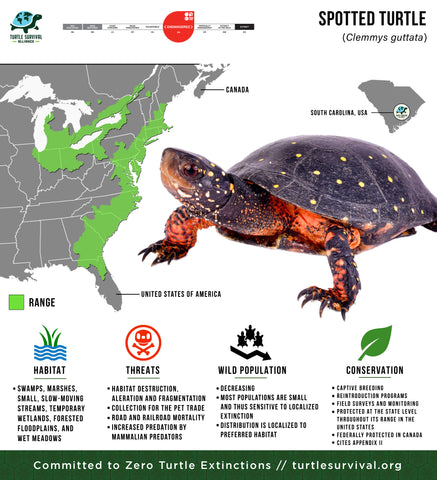
Freshwater Turtles
Introduction to freshwater turtles
Freshwater turtles are a diverse group of turtles that primarily inhabit freshwater environments such as rivers, lakes, and ponds. They have adapted to various habitats and exhibit a range of interesting behaviors.
Key characteristics
Freshwater turtles have shells that are usually flatter and less domed than terrestrial turtles. They possess webbed feet for efficient swimming, but their limbs are not as developed as those of aquatic turtles.
Notable species: Softshell Turtles, Map Turtles
Softshell turtles are a unique group of freshwater turtles that have a reduced bony shell covered in soft, leathery skin. Map turtles, on the other hand, have distinct “map-like” patterns on their shells, giving them their name.
Habitat and distribution
Freshwater turtles can be found in a variety of habitats worldwide, including lakes, rivers, swamps, and even temporary water bodies. They are distributed across North and South America, Europe, Asia, and Africa.
Feeding behavior and dietary preferences
Freshwater turtles have diverse feeding habits, depending on their species and habitat. Some species are herbivorous or omnivorous, while others are primarily carnivorous. They feed on a variety of aquatic plants, algae, invertebrates, and even small fish.
Life cycle and reproduction
Freshwater turtles exhibit various reproductive strategies. Female turtles typically lay their eggs on land, often choosing sandy or soft soil near bodies of water. The eggs then hatch after a certain incubation period, and the young turtles make their way to the water.
Threats and conservation measures
Freshwater turtles face numerous threats, including habitat destruction, pollution, and the illegal pet trade. Additionally, they often fall victim to bycatch in fishing gear and road mortality. Conservation measures involve protecting their habitats, implementing legislation to regulate the pet trade, and raising awareness about the importance of conserving these unique turtles.
Endangered Turtle Species
Overview of endangered turtle species
Numerous turtle species are currently classified as endangered, with some teetering on the brink of extinction. Factors such as habitat destruction, pollution, illegal trade, and climate change have pushed these species to the edge.
Causes of endangerment
Habitat destruction, primarily through urbanization, agriculture, and logging, is one of the leading causes of turtle endangerment. Pollution, including water pollution from agricultural runoff and plastic debris, also poses a significant threat. Furthermore, the illegal wildlife trade remains a major concern, with turtles being captured and sold as pets and for their shells and meat.
Notable examples: Kemp’s Ridley, Radiated Tortoise
The Kemp’s Ridley sea turtle is one of the most critically endangered turtle species, with only a few hundred breeding females remaining in the wild. The radiated tortoise, native to Madagascar, is highly prized in the illegal pet trade and has faced significant population declines.
Conservation initiatives and success stories
Various conservation organizations and initiatives are working tirelessly to protect endangered turtle species. Efforts include habitat restoration, captive breeding programs, enforcement of wildlife protection laws, and public education and awareness programs. Success stories, such as the recovery of the Hawaiian green sea turtle population, give hope that with dedicated conservation efforts, these endangered turtles can be saved from extinction.
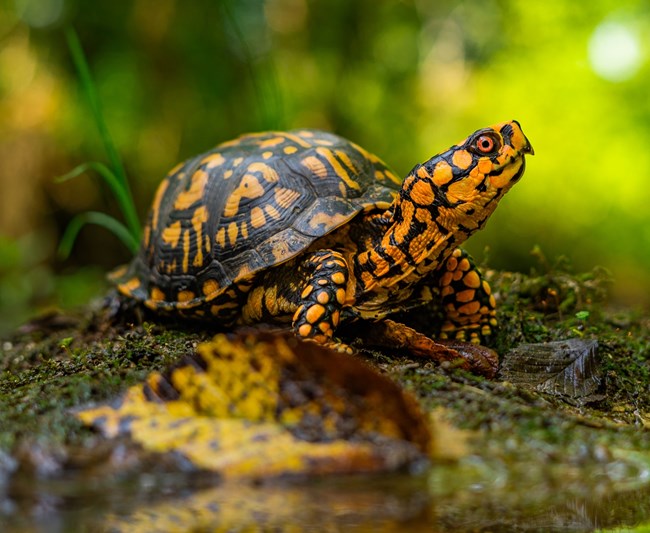
Unique Adaptations of Turtles
Shell structure and function
The shell is perhaps the most distinctive characteristic of turtles. Composed of bony plates covered in keratin, the shell serves as a protective armor, shielding turtles from predators. It also provides structural support and offers attachment points for the turtle’s muscles.
Breathing mechanisms
Turtles employ various breathing mechanisms depending on their habitat. Aquatic turtles have specialized lungs and can breathe underwater for extended periods by absorbing oxygen through membranes in their cloaca or specialized throat cavities. Terrestrial turtles, on the other hand, rely solely on their lungs and must come to the surface to breathe.
Temperature-dependent sex determination
Turtles exhibit temperature-dependent sex determination, where the incubation temperature of the eggs determines the sex of the hatchlings. Warmer temperatures generally result in more females, while cooler temperatures lead to more males. This adaptation allows for the regulation of the male-to-female sex ratio within populations.
Specialized feeding adaptations
Different turtle species have evolved unique feeding adaptations to suit their specific diets. For example, sea turtles have a sharp, beak-like mouth for tearing seagrasses and slicing through jellyfish. Softshell turtles have elongated necks and snouts, enabling them to capture and consume prey in aquatic environments.
Burrowing and hibernation techniques
Many turtle species are adept at burrowing and hibernating. Some aquatic turtles bury themselves in mud or sand at the bottom of bodies of water during the winter to conserve energy and survive the colder temperatures. Terrestrial turtles, such as box turtles, burrow into the soil to escape extreme temperatures and conserve moisture.
Turtle Conservation and Threats
Introduction to turtle conservation
Turtle conservation is the concerted effort to protect and preserve turtle species and their habitats. It involves implementing measures to mitigate threats and ensure the long-term survival of these unique reptiles.
Habitat loss and degradation
One of the biggest threats to turtle populations is habitat loss and degradation. Urbanization, deforestation, and agricultural expansion result in the destruction and fragmentation of vital turtle habitats. Conserving and restoring these habitats is crucial for the survival of many turtle species.
Illegal wildlife trade
Turtles are often captured and traded illegally for their shells, meat, and as exotic pets. The demand for these animals in traditional medicine and the pet trade contributes to their decline. Addressing and combating the illegal wildlife trade through enforcement and education is essential for turtle conservation.
Pollution and plastic ingestion
Pollution, particularly water pollution, poses a significant threat to turtles. Chemical runoff from agriculture, industrial waste, and plastic debris contaminate their habitats and food sources. Turtles may also mistake plastic debris for food, leading to ingestion and potential health issues. Reducing pollution and advocating for sustainable waste management practices are critical for turtle conservation.
Climate change impact
Climate change, including rising temperatures and sea levels, poses a serious threat to turtle populations. It affects nesting sites, alters ocean currents and temperatures, and disrupts the delicate balance of marine ecosystems. Mitigation and adaptation strategies to combat climate change are essential for the protection of turtle habitats and their survival.
Conservation organizations and initiatives
Numerous conservation organizations, such as the Turtle Survival Alliance and the Sea Turtle Conservancy, are devoted to turtle conservation. These organizations work towards habitat protection, research, public education, and policy advocacy to raise awareness and promote sustainable conservation practices.
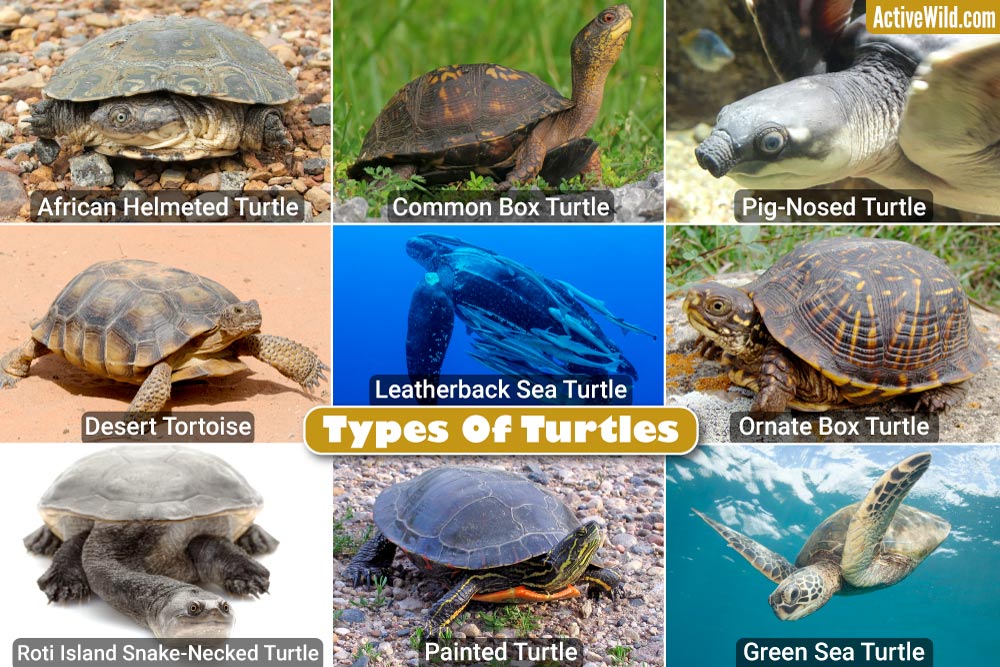
Turtles in Mythology and Culture
Turtle symbolism and cultural significance
Turtles hold great symbolism and cultural significance in various societies around the world. They are often associated with longevity, wisdom, patience, and protection. The turtle’s shell, representing stability and security, has been incorporated into religious and spiritual practices.
Myths and legends featuring turtles
Turtles are frequently featured in myths and legends across different cultures. In some Native American creation stories, turtles are believed to have supported the earth on their backs. Chinese mythology portrays the turtle as a divine creature associated with longevity and wisdom.
Turtles in art and literature
Turtles have long been depicted in art and literature, serving as symbols and sources of inspiration. They have been depicted in paintings, sculptures, and literature, symbolizing resilience, strength, and the connection with the natural world.
Conservation implications of cultural beliefs
Cultural beliefs and traditions surrounding turtles can have both positive and negative implications for their conservation. While turtles may be revered and protected in some cultures, practices such as the consumption of turtle meat or the use of their shells in traditional medicines can have detrimental effects on turtle populations. Reconciling cultural beliefs with conservation goals is essential for striking a balance between tradition and sustainable resource use.
Tips for Responsible Interaction with Turtles
Respecting natural habitats
When encountering turtles in their natural habitats, it is important to observe from a distance and avoid disturbing or intruding upon their space. Respecting their habitats and minimizing human interference is crucial for their well-being.
Ethical handling and release practices
If you come across a turtle that requires assistance, such as being in harm’s way, make sure to handle it carefully and with minimal stress. It is important to follow proper handling techniques to ensure the safety of both the turtle and yourself. If the turtle needs to be released, always release it back into its original habitat.
Promoting nesting site conservation
Turtle nesting sites are critical for their reproductive success. Promoting the conservation of nesting sites by minimizing disturbances, such as keeping beaches clean and minimizing the use of artificial lights, is essential for the survival of turtle populations.
Reporting illegal trade or activities
If you encounter any illegal trade or activities involving turtles, report them to the appropriate authorities or conservation organizations. Illegal collection, poaching, or trafficking of turtles can have devastating consequences for their populations.
Educational initiatives and awareness
Promoting education and awareness about turtles and their conservation is crucial for their long-term survival. Supporting educational initiatives, sharing information about turtles and their habitats, and advocating for conservation measures can make a positive impact on turtle populations.
In conclusion, turtles are fascinating creatures with diverse adaptations and ecological roles. Understanding the different types of turtles, their habitats, and the threats they face is essential for their conservation. By promoting responsible interaction, supporting conservation organizations, and raising awareness, we can ensure the continued survival of these remarkable reptiles for future generations.
